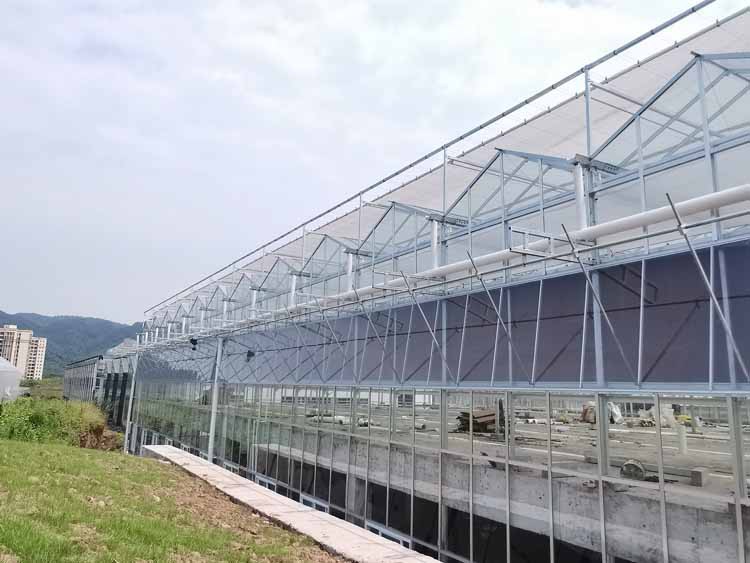What to do if the soil salinization in the greenhouse is serious? Solutions to soil salinization
Due to continuous planting, large amount of fertilizer input, and lack of leaching from natural precipitation, the soil in greenhouses cannot infiltrate and lose salt in time. With the increase of planting years, secondary salinization is very easy to occur. Whether the soil is salinized can be judged by looking at the color of the ground, the activities of earthworms, and the plants. Let's take a look together!
1. Look at the color of the ground
If the ground appears red, white, and blue, it means that a large amount of mineral elements in the soil are accumulated and surplus, and salinization occurs. Red is Porphyridium, which is an indicator plant of salinity. Its appearance shows that the salinity in the soil is already very high, reaching about 0.5% and needs to be improved. White is the accumulation of a layer of hoarfrost on the surface of the ground, which is called "returning white alkali" by the common people. It is due to the excessive application of chemical fertilizers, which causes a large amount of cations such as calcium, sodium, and magnesium to accumulate on the soil surface and react with chloride ions, sulfate, and carbonate. form. Green is moss, and moss has two preferences, one is moisture, and the other is salinity. It reproduces rapidly in the presence of excess nitrogen fertilizer and is often found near facility irrigation pipes. The color of the ground most intuitively reflects the excessive input of chemical fertilizers or the reduction of soil organic matter, the decline of fertilizer retention capacity, and the deterioration of production conditions.
2. Watch earthworm activities
Earthworms like soil rich in organic matter. If salinization occurs, the organic matter content of the soil decreases, it is easy to compact, the air permeability is poor, and the soil lacks necessary food and air, the survival and reproduction ability of earthworms will be greatly reduced, and the soil improvement and recovery ability will be weakened.
3. Look at the plants
Due to the decrease of organic matter in salinized soil, the increase of salinity, the decrease of air permeability, the slowing of nutrient mobility, and the decrease of root activity, vegetables are prone to root retting, dead trees, and lack of nutrients. The roots of crops are more likely to be infected by diseases, and it is more difficult for nutrients to be absorbed, forming a vicious circle.
Solutions to soil salinization
Measure 1: Reduce the amount of chemical fertilizers and fertilize rationally. Reducing the amount does not mean not applying it, but applying it scientifically and rationally. The application of chemical fertilizers should be based on the results of soil nutrient measurements and the law of fertilizer needs of different crops, in line with the principle of balanced fertilization, and the principle of supplementing what is lacking, and supplementing what is lacking.
Measure 2: deep plowing of the soil and returning straw to the field. In actual production, the soil structure can be broken through deep plowing, and the topsoil with high total salt content in the upper layer can be turned to the bottom layer to reduce the degree of soil salinization. Applying 4,000 kg of farmyard manure with high organic matter content per mu during each stubble change can increase the content of organic matter in the soil and improve the physical and chemical properties of the soil. The field crop straw is used in the soil of the greenhouse. During the decomposition process, it can absorb and utilize mineral elements in the soil, and at the same time increase the organic matter of the soil and improve the air permeability of the soil.








